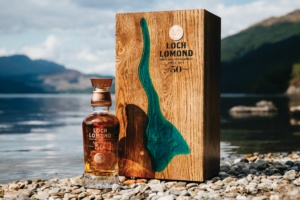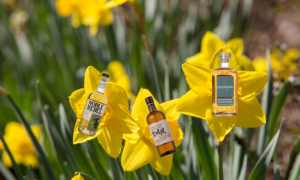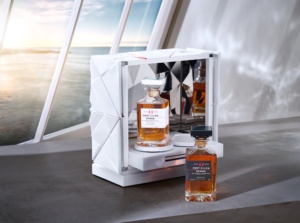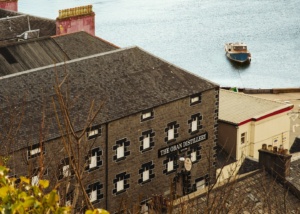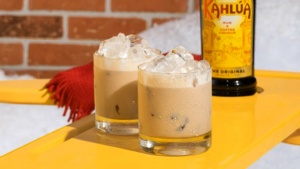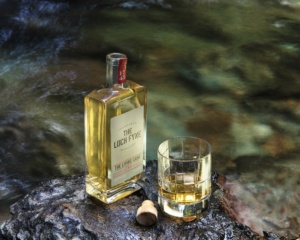Meet the Master
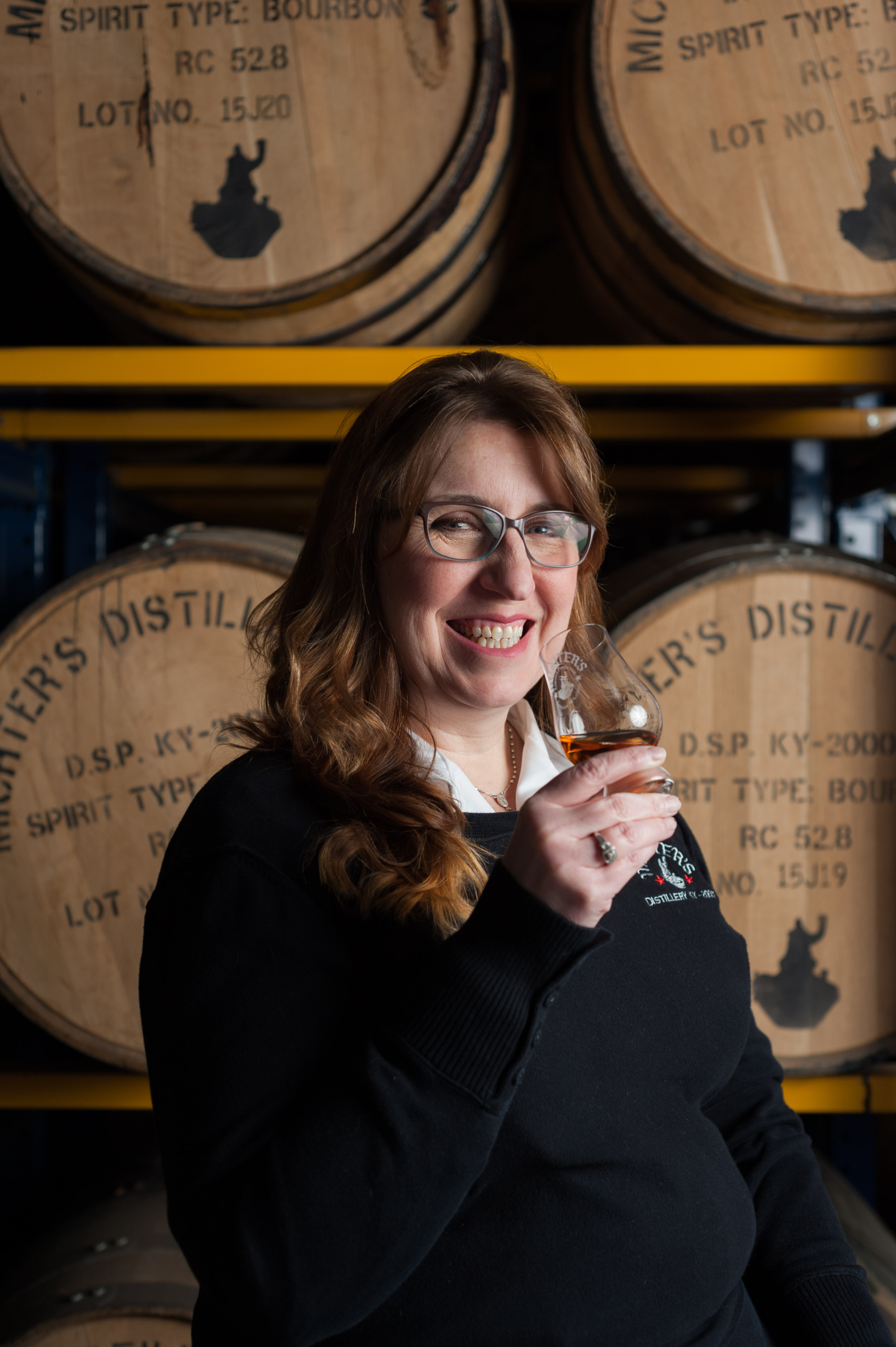
How long have you been working as Master of Maturation at Michter's?
I started with Michter's around nine years ago. In 2016, I was named Master of Maturation. It was a crucial moment, not only for myself, but also for American whiskey as I had not heard of a Master of Maturation in our industry at that point. You hear so much about the distilling portion of the process, which is very important, but the maturation process is also important. Having a Master Distiller and a Master of Maturation recognises this very complex sequence of processes that must happen from beginning to end.
The new charred oak barrel is a fundamental ingredient in the making of Kentucky bourbon and Kentucky rye products - you cannot make them without it. There's a lot of complexity that comes from the barrel, so I was very honoured to be named into the Master of Maturation position and very proud that Michter's identified the need for that position.
How did you start working in the whiskey industry?
I grew up in a family that was always making beer and wine. My grandfather on my dad's side was a moonshiner here in Kentucky as a young man. I grew up listening to stories from him and I was enchanted by his journey. My great-uncle also worked in the drinks industry for a long time.
As a child, I was very much like my family. I was always making things. My grandfather and my great-uncle had some influence on me, which led to me wanting to have a career in making spirits.
When it came time to go to university, there wasn't a school for me to learn the trade. Today, there are many different curriculums and schools, but those options weren't there when I was coming up. Through family and mentorship, I was encouraged to pursue chemical engineering because it seemed to provide the education I would need to get into the spirits industry. I graduated with a Masters in Engineering and Chemical Engineering.
I thought I was going to get my big break in the industry as soon as I graduated by unfortunately, the American whiskey business in the 1990s was not doing well. On top of that, here in Kentucky, it's a bit of a career industry. People come into it, and they stay in it their whole life, so positions don't turn over frequently. Those two things combined did not create great opportunities for me.
I ended up going into a global consulting firm as a project engineer. I did that for almost ten years. It was amazing. I was strengthening my business acumen and learning about different types of industries, how businesses operate, and how you communicate between different layers of an organization.
One day, Diageo called me and asked if I would come and do some work with them on contract, which I did for two years and then they hired me full-time. I made it my business to learn everything I could in various whiskey-related positions including Director of Distillation and Maturation for North America overseeing both the U.S. and Canadian distillation and maturing programs. After parting ways with Diageo, I was in touch with the Magliocco family who own Michter's and who I'd known for years. They asked if I'd like to come and work with them, and I thought that would be amazing. I had been watching the Michter's brand for a long time and thought what they were doing was exceptional in that they are so quality-focused.
I came to work for Michter's in 2014 as the seventh employee - we have a team of about 100 people now! Our team has worked really hard with the Magliocco family to continue to grow the brand and hopefully build the next generation of Michter's producers which is exciting!
What does your role as Master of Maturation entail?
I look after all of the barrel specifications, all of the barrel procurement, the barrel entry strength, and the heat cycling of our warehouses during the winter (Kentucky has a cold and dry climate during the winter so we try to increase the interaction between the wood and the whiskey by heating up our warehouses and then allowing them to naturally cool down). I also track the maturation of the barrels, deal with the whisky filtration in preparation for bottling, work on innovations with Master Distiller Dan McKee and our team, and everything in between!
You're covering a huge amount within your role! What kind of skills do you need to have as a person to be able to do this kind of work?
First of all, I want to make sure that I mention our team, who are absolutely exceptional. Our ownership has allowed us to bring in top talent. I don't do anything without all of them. The goal for us is to come to work every day and bring everything that we can to create really high-quality, consistently great whiskey.
In terms of skills, a knowledge of chemistry is important but there's a lot more than that. Being quality-minded and detail-oriented is important. Being curious and a life-long learner is important. Being a critical thinker is important. Utilising science to achieve repeatable results is important. Also, being a bit of an artist! There's a lot of creativity in this role and I think you must have an artistic side to do well with this.
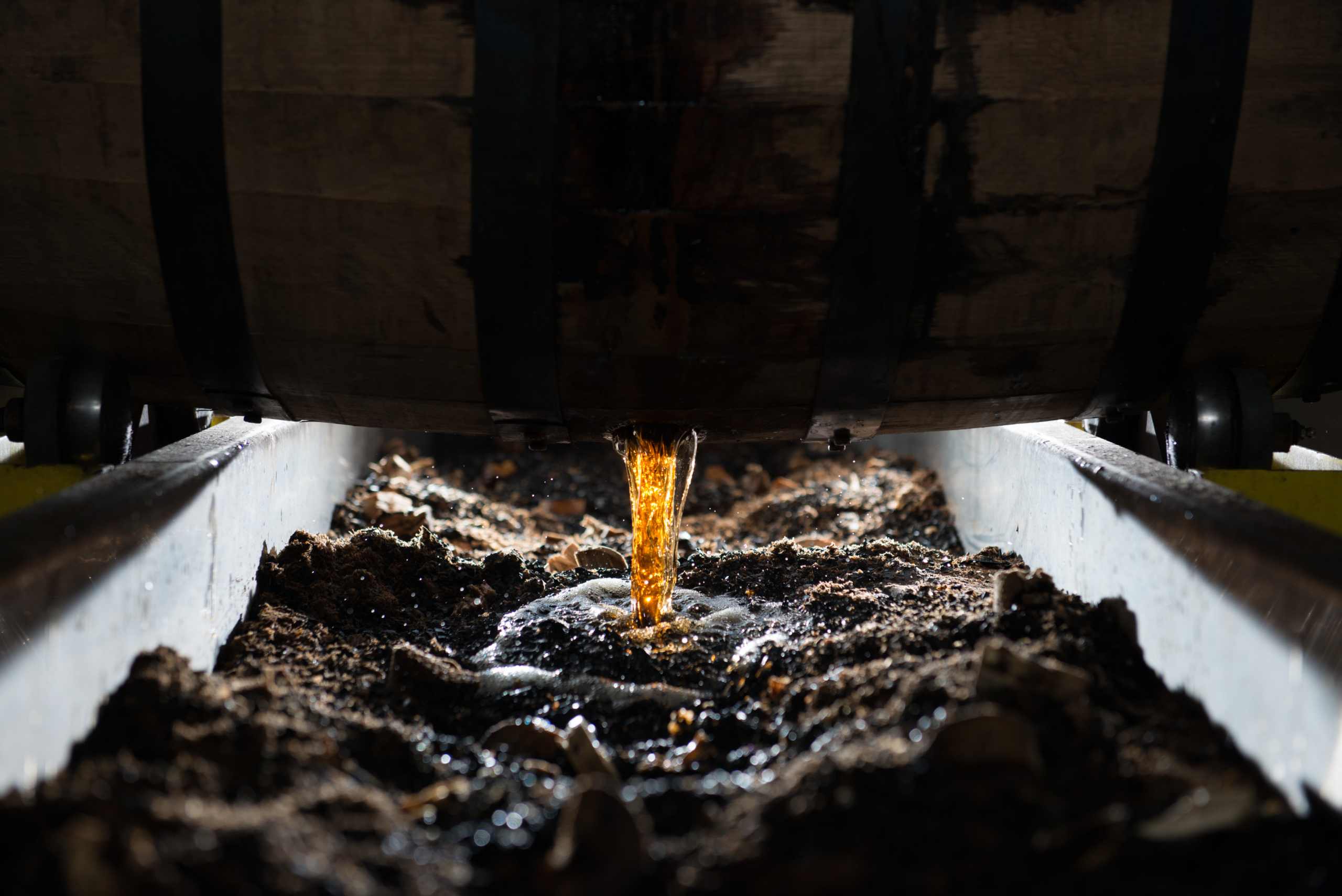
Michter's dates back to 1753. Could you tell us a bit about the history?
In 1753, Michter's was started in Pennsylvania by a gentleman named John Shenk. He was a Swiss Mennonite farmer, producing rye whiskey using rye grain which was a favourite local crop. In 1861, the distillery was sold to a gentleman named Abraham Bomberger in 1861 and became known as Bomberger's. US Prohibition forced the distillery to shut its doors until reopening again in 1934.
In the 1950s, then-owner Lou Forman created the name Michter's by combining portions of his son's names, Michael and Peter. Sadly, in 1989, the distillery closed and that was seemingly the end of Michter's.
Joe Magliocco was a young man working in the distribution business and was familiar with Michter's and was sad that it had closed. He was being mentored by a gentleman called Richard 'Dick' Newman, who knew a thing or two about whiskey. Dick suggested to Joe that if he was interested in resurrecting the brand, he should consider relocating to Kentucky, the heart of the American whiskey industry. Ultimately, Joe and his family applied for the abandoned trademark and made their first strategic decision which was moving the brand from Pennsylvania to Kentucky.
Now, Michter's has three campuses - our main distillery campus in the Shively section of Louisville, a second distillery - Fort Nelson - in downtown Louisville and our beautiful farm in Springfield, Kentucky.
The distillery produces both rye and bourbon expressions. What kind of differences are there between the two when it comes to maturation?
Our rye whiskey is what we would call a Kentucky-style rye, so we stay closer to 51% rye grain (you have to have at least 51% rye grain to be considered a rye whiskey) in the recipe. We supplement the recipe with corn and malted barley and that gives us a nice sweetness around the spicy characteristics that you typically get from a rye grain. Some ryes on the market are very high rye content whiskeys so they're very bold and very spicy. If you have the palate for that, they're beautiful but not everyone enjoys that level of spice. Staying closer to the 51% rye grain allows you to embrace caramel notes alongside the rye baking spice character. It's super smooth, very easy to drink rye whiskey.
How do you go about selecting barrels for each expression?
This is where the need for creative artistry comes in. You have to look at the distillate and decide what's going on there. Is it fruity? Does it have some spice characteristics? Then, you have to decide how you want to influence the spirit. Do you want to lift the fruit? Do you want some sweetness or smokiness? You need to decide what you want in your final product and then you design your barrel accordingly to achieve that goal. It's a bit of an art project.
In the case of Michter's, the first step is the natural seasoning and air drying of the wood. We naturally season in an air dryer or wood for at least 18 months and the purpose of that is to get rid of the things in the wood that you don't want and expose the things in the wood that you do want. Natural seasoning and air drying not only physically dries the wood, but it chemically and microbiological changes the wood as well.
Then, we toast the barrels before they are charred. Different compounds locked within the structure of the wood will break down at different temperatures and different amount of time so that will unlock your extractives. There are hundreds of different extractives in the wood leading to many toasting profiles.
Then, we focus on the char. Charring will only last a matter of seconds. The longest char level is probably around a minute and a half whereas toasting takes hours. There's a handful of char profiles and this will help you highlight flavour, too. Lower char levels will help accentuate flavours of fruit and spice whereas darker char levels will help you accentuate oak, smoke, and chocolate notes.
What aspect of your job do you enjoy the most?
I think it's the journey of exploration. I genuinely enjoy learning and innovation. There are so many oaks in the world and I think the opportunity to learn how even the same tree planted in a different part of the world can influence whisky differently is so fascinating. I love working with oak. I think it's a really special part of my job.
I also love that I'm a born and raised Kentuckian and I'm part of a company that's building a legacy and building the next generation of leaders in the industry. I love imparting my knowledge and helping the team to know everything I've learned because they'll take it long past where I am, and I think that's amazing.
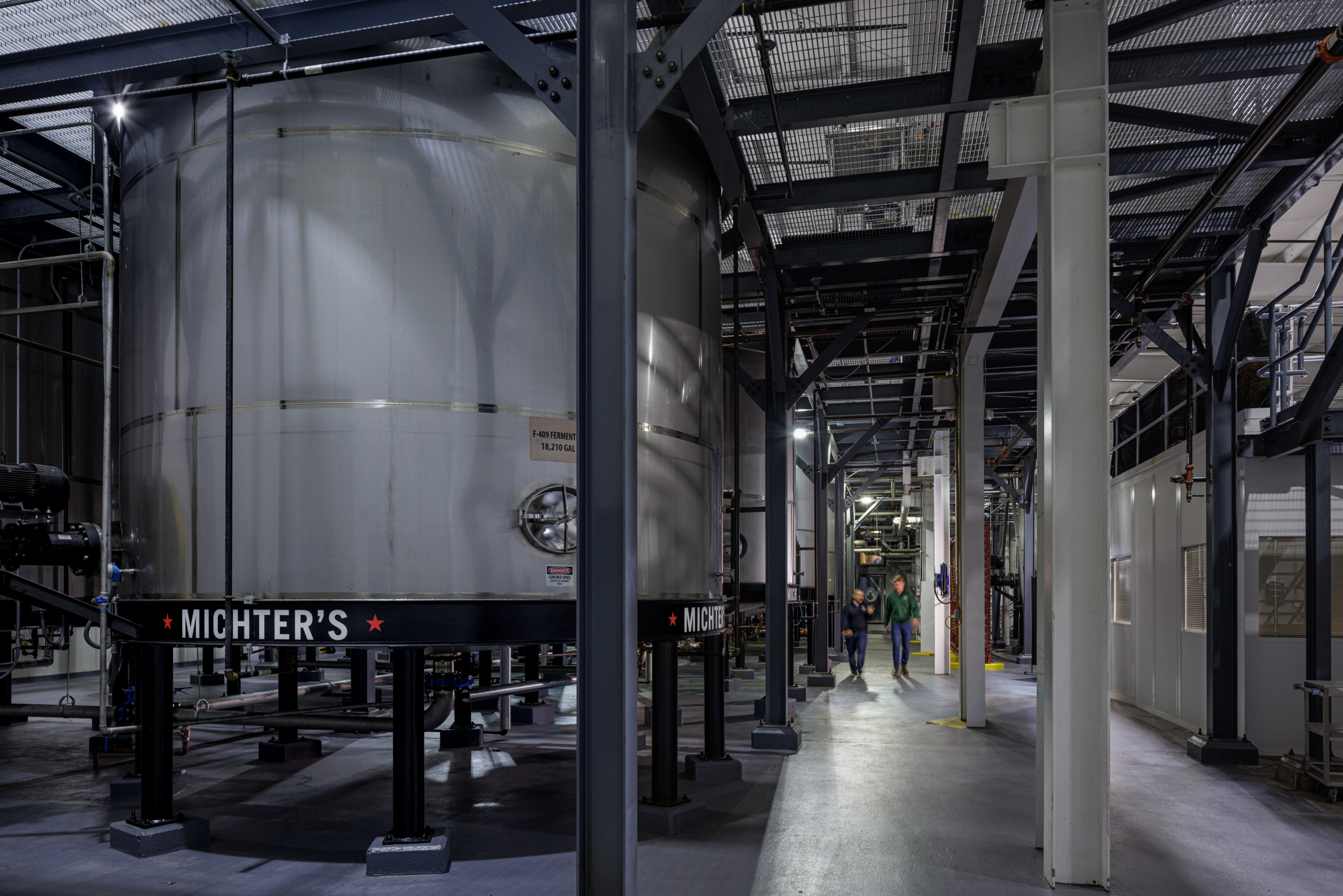
What would you say are Michter's defining characteristics?
Michter's house style is one of creating a quality experience for every consumer. We want to have a beautiful style that is rich, flavourful, and warms you but doesn't burn in your chest. We want it to be a dynamic experience across your palate which is what really makes a great sipping whiskey.
One of the keys to that for Michter's is the low entry strength that we go into the barrel with (51.5 ABV). This is very low compared to what's allowable in the industry at 62.5% ABV. We're about 75% whiskey in the barrel and 25% water. That water is a really powerful hydrolizer of many compounds and a key to getting a smooth, rich, easy-drinking whiskey.
Where do you predict the whiskey industry will go next in terms of innovation?
It's hard to predict. I think experimentation and innovation are absolutely a part of the industry. I think people change, tastes change, and more than ever, people want to explore and learn which is quite exciting. The fundamentals don't change but we can definitely venture into new worlds of grain and yeast and wood and toasting profiles and ageing periods and blending and equipment design - the list goes on!
What can we expect from Michter's next?
You can always expect that we will continue to create and deliver high quality experiences. The future is bright. We've got some exciting things coming up.
What's your personal favourite expression that you've been a part of creating?
I have a special fondness for the Toasted Barrel series. We were the first American whiskey company to produce a toasted barrel finished product. We've been really successful with the series, and I think it's delightful. It brings a beautiful roundness to the product. I'm honoured to be a part of making that product.
You're the first woman that's ever served as Chair of the Kentucky Distillers Association and you're also part of the Kentucky Bourbon Hall of Fame. How does it feel to be so deservedly celebrated in your industry?
It's a tremendous honour to hold such esteemed positions and to have garnered such a respect within the industry. I've always prided myself on hard work, building great relationships, and learning as much as I can.
When I was inducted into the Kentucky Bourbon Hall of Fame, what was most special to me was to have an industry full of my peers stand up for me and what I've accomplished on my journey. At the ceremony, someone asked me "Why do you do it?" and I said, "Every bottle of whiskey has about 25 opportunities to be a part of somebody's life. That's an incredible honour. Every day I come to work, I need to do my very best because somebody is going to have this spirit as part of a memory and that's something really special to me."
Whiskey brings people together for so many reasons and in so many ways. For me, the opportunity to pursue making something so beautiful and so delicious is tremendously rewarding.
The original feature is from the Winter 2023 edition of Whiskeria, delivered to the door of W Club subscribers and also free with any Whisky Shop purchase in-store or online.
 4.7/5 with 10,000+ reviews
4.7/5 with 10,000+ reviews

